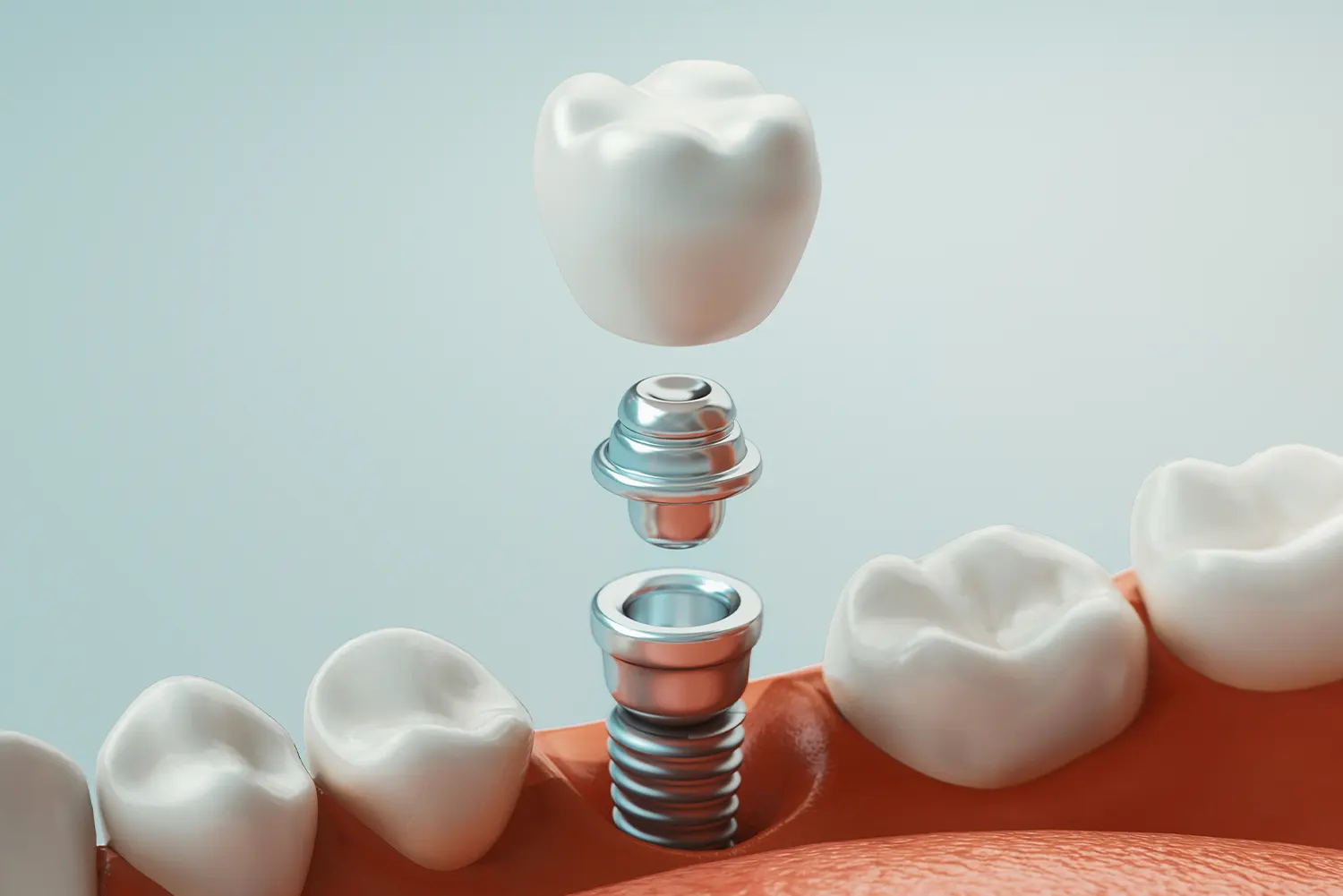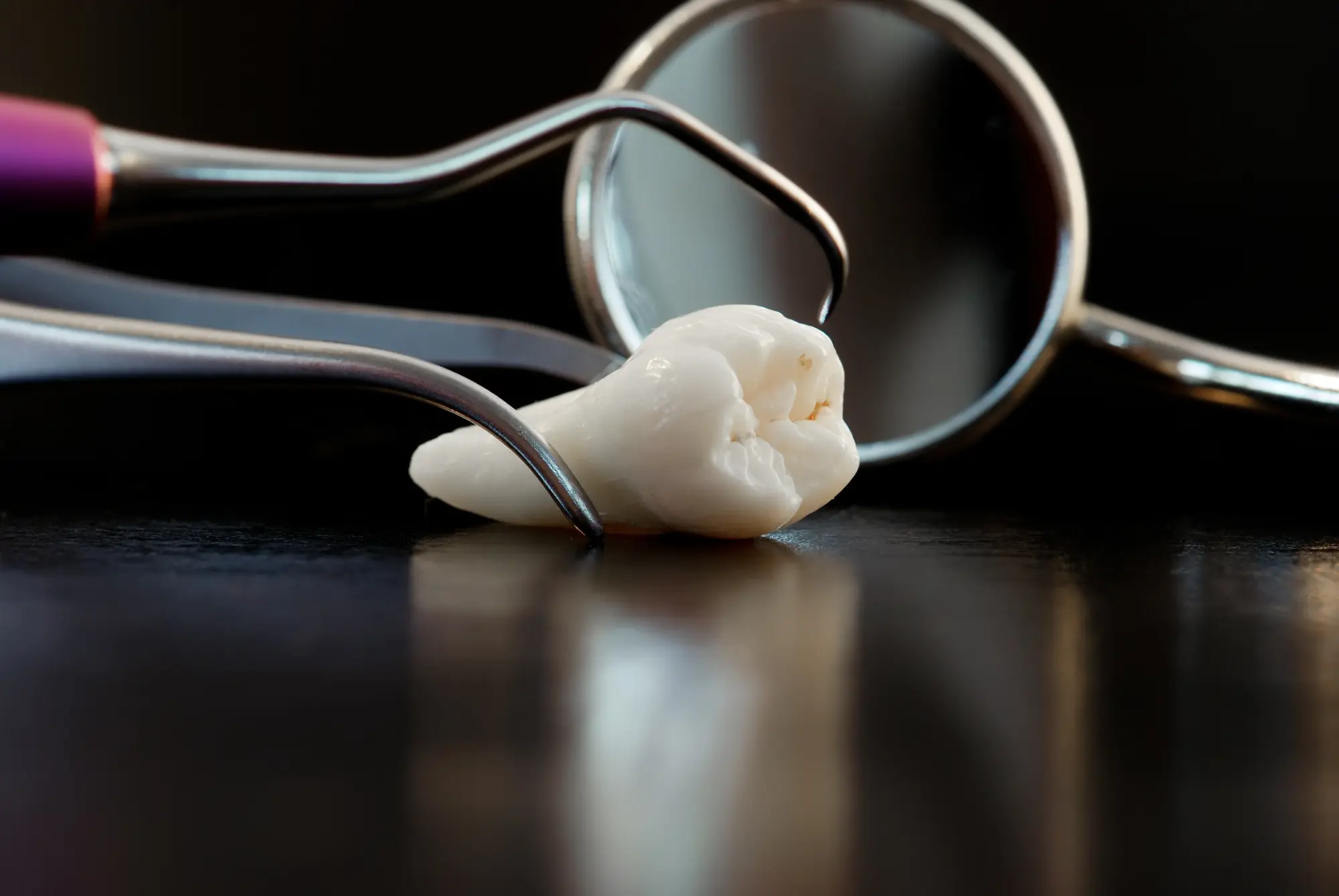
How Does a Dental Bridge Work?
Are you missing one or more teeth and wondering how you can restore your smile? Dental bridges might be the perfect solution for you. These innovative dental appliances are designed to fill the gap created by missing teeth, not only enhancing your smile but also improving your oral functionality.
With a dental bridge, you can chew, speak, and smile with confidence. Let's get into the specifics about how dental bridges work and when they might be the right choice for restoring your missing teeth.
What is a Dental Bridge?
A dental bridge is a prosthetic device used to replace one or more missing teeth by literally "bridging" the gap between two existing teeth. The bridge consists of two or more crowns for the teeth on either side of the gap, known as “abutment teeth.” These crowns support one or more false teeth (pontics) that fill the gap in your smile. Bridges are typically made from porcelain, metal, or a combination of the two. Their key benefits include:
- Restoring your smile and the ability to properly chew and speak.
- Maintaining the shape of your face.
- Distributing the forces in your bite properly by replacing missing teeth.
- Preventing remaining teeth from drifting out of position.
Types of Dental Bridges
There are several types of dental bridges available, each catering to different dental needs and conditions. The most common types include:
- Traditional Bridges: These involve creating a crown for the tooth or implant on either side of the missing tooth, with a pontic in between. They are the most popular type of bridge by far, and are typically made of ceramics or porcelain fused to metal.
- Cantilever Bridges: Used when there are adjacent teeth on only one side of the missing tooth or teeth.
- Maryland Bonded Bridges: Also known as a resin-bonded bridge, this type uses a metal or porcelain framework bonded onto the backs of the adjacent teeth.
The Dental Bridge Procedure
The process of getting a dental bridge typically requires at last two visits to your dentist over ap period of several weeks. Here's what you can expect:
- Initial Consultation: Your dentist will evaluate your dental health and discuss the best type of bridge for your needs.
- Preparation: The abutment teeth are prepared by removing a portion of enamel to allow room for a crown to be placed over them.
- Impressions: Your dentist will take impressions of your teeth, which serve as a model from which the bridge, pontic, and crowns will be made by a dental lab.
- Temporary Bridge: While your permanent bridge is being made, you will wear a temporary bridge to protect the exposed teeth and gums.
- Fitting the Permanent Bridge: Once your permanent bridge is ready, it will be adjusted and cemented into place permanently.
Caring for Your Dental Bridge
Proper care and maintenance of your dental bridge can ensure its longevity and effectiveness. Here are some tips:
- Good Oral Hygiene: Brush your teeth twice a day and floss daily to prevent decay and gum disease that can lead to tooth loss. You will need to use special techniques to clean below your bridge and keep your gums healthy.
- Regular Dental Checkups: Visit your dentist regularly for checkups and professional cleanings.
Healthy Diet: Maintain a balanced diet and avoid hard or sticky foods that could damage your bridge.
Transform Your Smile with Riverglen Dental in Columbus, OH
Ready to restore your smile and improve your oral health? Dr. Ellen Saslaw and the dedicated team at Riverglen Dental in Columbus, OH, are here to help you explore your options and find out if a dental bridge is right for your needs. Don't let missing teeth hold you back any longer.
Contact us today at (614) 885-0227 to schedule your consultation and take the first step towards a healthier, more confident smile.













